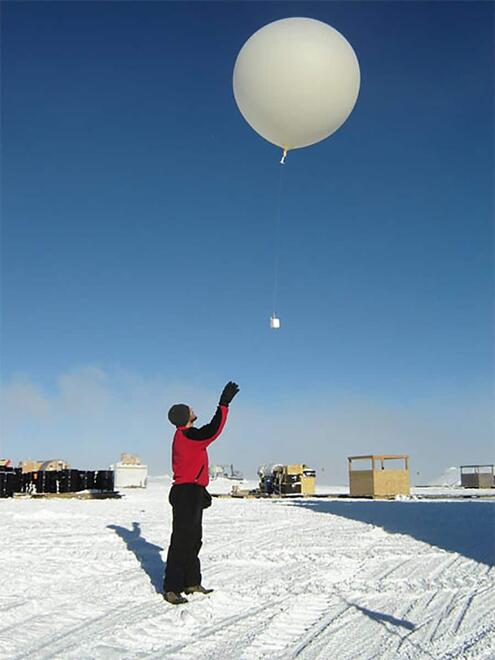
Click the (+) signs to explore the items in my scrapbook.



Clues to Earth's Past
Fossils help paleontologists piece together what Earth was like long ago. Fossils in Antarctica show that it was once connected to other continents. This “supercontinent” was warmer, wetter, and home to many plants and animals.

Tracking Climate Change
The ice in Antarctica holds clues to ancient climates. It has built up, layer by layer, over hundreds of thousands of years. Scientists study ice cores, long cylinders of ice, to find out what the climate was like in the past, and predict how it might change in the future.

Perfect Place for a Telescope
What makes Antarctica the perfect place for astronomy? It’s cold, dry, elevated, and far from city lights or pollution. Astronomers can see farther, and more clearly, from Antarctica than from anywhere else on Earth.

The Weather Up There
For extreme weather, there’s no better place for a meteorologist than Antarctica. They record some of the lowest temperatures, strongest winds, and lowest humidity. Balloons carry instruments up into different levels of the atmosphere.

Surveying Animals
How do different animal populations survive in Antarctica’s extreme conditions? To find out, scientist count, tag, and weigh individual animals. Here, a scientist weighs a giant petrel. This huge seabird grows to almost 100 centimeters (40 inches) long!
Image Credits:
fossils, night sky, ice core, balloon, and petrel, © US Antarctic Program.




 Biodiversity
Biodiversity
 Brain
Brain
 Genetics
Genetics
 Marine BiOLogy
Marine BiOLogy
 MicrobiOLogy
MicrobiOLogy
 PaleontOLogy
PaleontOLogy
 ZoOLogy
ZoOLogy
 AnthropOLogy
AnthropOLogy
 ArchaeOLogy
ArchaeOLogy
 Astronomy
Astronomy
 Climate Change
Climate Change
 Earth
Earth
 Physics
Physics
 Water
Water

